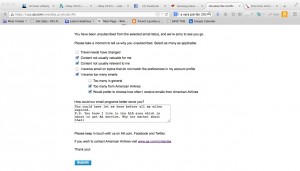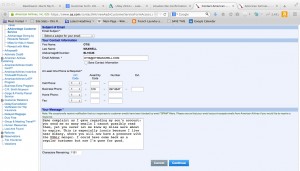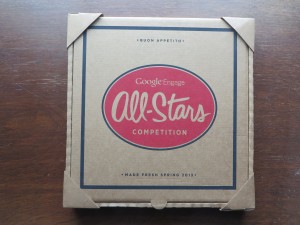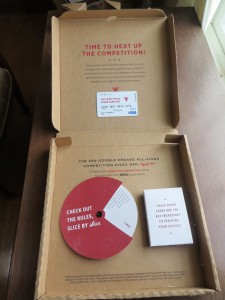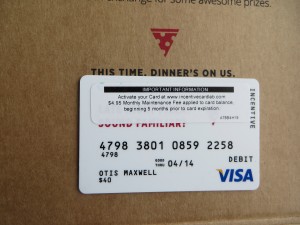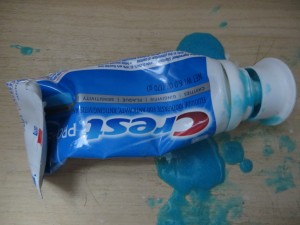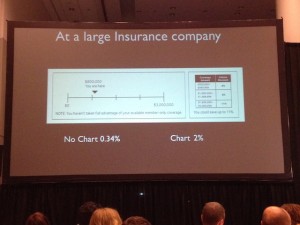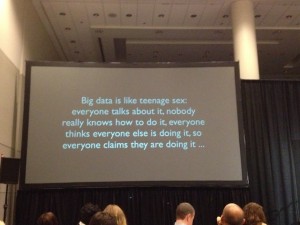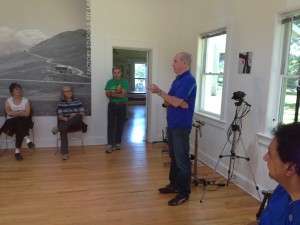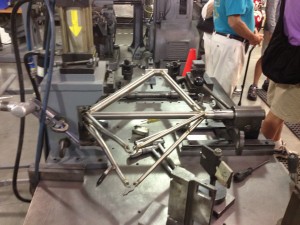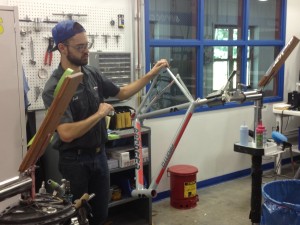Nearly four years ago, I wrote a post after a reader asked me to list my favorite iPhone apps. Since I’m about to make a (maybe temporary, maybe permanent) switch to Android and the HTC One (M8), seems a good idea to revisit it before I go. Surprising how I feel the same about most of these today, with a few exceptions and updates.
Here’s the list, with today’s comments in italics.
1. ZipCar. How cool that I can reserve my car, unlock it, and find it in a lot by making its horn beep…. all from the iPhone. Smartphone as remote controller. Now I have Uber, Lyft and Sidecar for my transportation pleasure plus a PowerUp preorder so I can command my own drone.
2. Zillow. How much is that house actually worth? Ha! As long as I trust Zillow’s occasionally goofy algorithm, I can get the embarrassing answer while I’m standing right in front of it. (Zillow noticed this post and asked me to add the link. Good social marketing at work.)
3. Pandora, as long as you appreciate its limitations. “Guy Clark Radio” turns up new thoughtful songwriters. “Robert Earl Keen Radio” is set to deliver songs about going to Mexico and getting drunk… not the right algorithm.
4. Yelp. Just plain essential if you ever go anywhere and get hungry.
5. NPR news. To this I’ll add aggregators like Stitcher and the Public Radio app.
6. Amazon. The other day I went to Walmart to buy a Smokey Joe mini charcoal grill, found they no longer carry it, ordered from Amazon while I was standing in the aisle. I also like that I can take a picture of something and they will try to find it for me (not always successfully).
7. Tiger Woods Golf. I know, I know. But I have learned a lot of golf by stroking my screen with the tip of my finger. I have weaned myself of this, thank you. Too bad there’s Words with Friends.
8. My bank’s mobile deposit feature. A problem that my bank is not in town. A solution that I can take a picture by aligning the check with the screen and deposit that way.
9. Email. This is actually the killer app for me. I don’t read much email in detail, but I do know when somebody is trying to get in touch so I don’t have to interrupt what I am doing and find a wireless connection for my laptop. This is still true for me.
10. Caterday on YouTube. I said most used apps, not most used by me. For 8 year olds, a few Caterday episodes make a long car ride pass quickly. Then the battery runs out of juice, and that is even better. Obsolete, but the now 12 year old finds plenty of things on youTube to run down the battery.
And now the rant: why is it that location based apps (including several of the above) must find your location before they will load any of the program information such as your search box? It makes for a frustrating experience, often means that by the time you get to use the app you have passed whatever you were interesting in, and it just doesn’t seem necessary. WTF? Mostly obsolete. Location based services are one of the biggest benefits of using a smartphone today.
I’ll update again in a few months, with a report from the other (Android) side.
